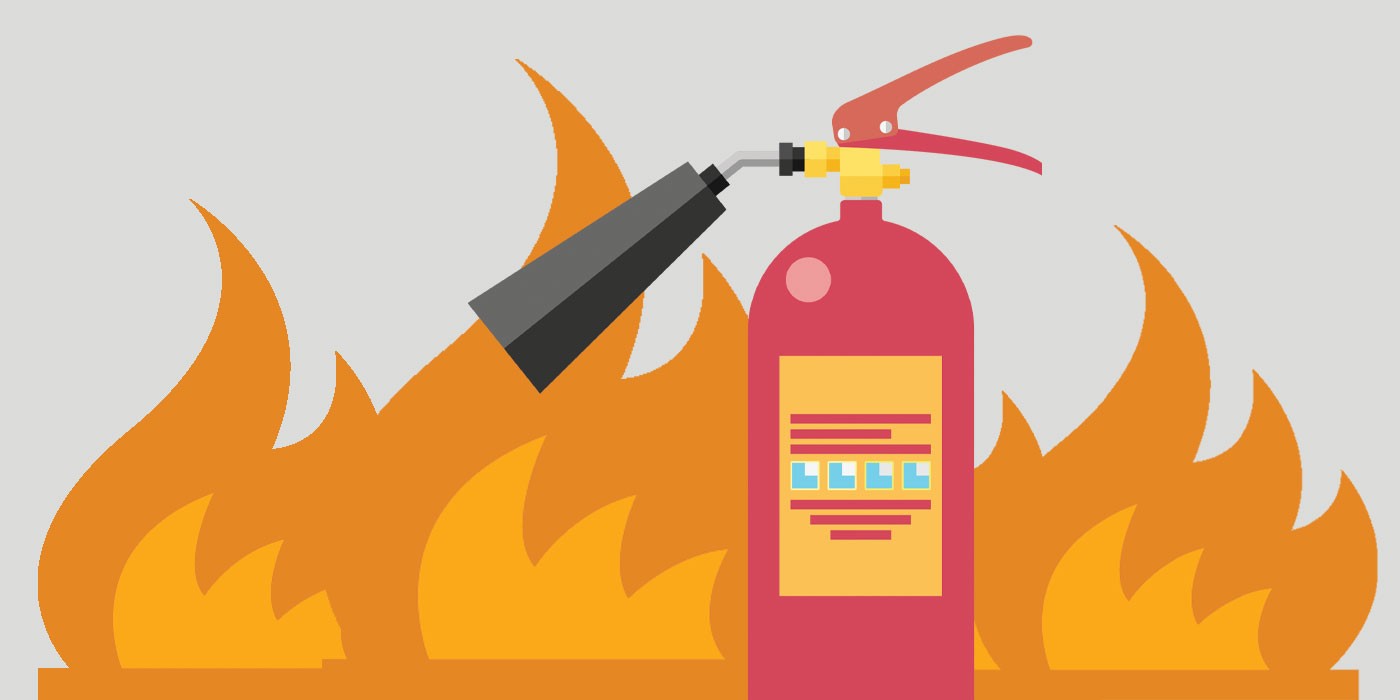Every business in Sydney, fire protection is not just legally required, it’s a vital part of keeping employees, customers, and property protected. Many of the hazards that could arise from the occurrence of a fire can be avoided or reduced with the correct security measures. The combination of inspections for fires, electrical system testing and tagging and complying with CFSP guidelines all contribute to an environment that is safer and also ensures that businesses adhere to the Building Code of Australia and local standards of the council.
Why fire inspections are crucial to ensure safety
The first line of defence is fire inspections. Inspections ensure that each element of a building’s fire protection system is functioning and up-to-date. Most businesses in Sydney are required to perform inspections 6 or 12 times every year, depending on their building type and the council regulations. Inspections may include anything including smoke alarms and sprinkler systems as well as fire alarm panels, to hydrants, emergency lighting and even fire alarms.

The ability to identify problems that are not obvious and correct them before they can cause harm is what makes inspections so crucial. A minor flaw in a fire hydrant, or the blocked smoke detector could seem minor at first but, in an emergency, these faults could cost lives. Regular inspections for fires are a proactive method for business owners to ensure that they are meeting the requirements of their compliance as well as protect themselves from unforeseen disasters.
Testing and Tagging Testing and Tagging: Addressing Hidden Electrical Safety
Electrical systems are one of the leading causes of workplace fires, which is why testing and tagging should always be part of a fire safety plan. The process includes checking electrical devices for safety, functionality and compliance, after which applying a tag to signal that the item has been inspected. This isn’t just an essential requirement for a lot of businesses. It is also a method of safeguarding from hidden risks.
Old wiring, faulty appliances or cables that are worn out can be a fire hazard when left unchecked. Regular testing and marking reduces the likelihood of an electrical malfunction leading to an accident. The employees are also assured that the workplace is secure. This helps create a feeling of trust and confidence in the work place. Combining testing, tagging and fire inspections to create an entire safety program that lowers the risk on many fronts.
The function of CFSP to ensure compliance and Certification
Only a Competent Fire Safety Professional (CFSP), who is located in New South Wales, can attest and sign vital documents regarding fire safety, such as Annual Fire Safety Statements. The introduction of CFSP accreditation has raised the standard of fire safety by ensuring that only qualified professionals assess and confirm security measures. Utilizing a CFSP ensures that reports and inspections are not just paper work, but reliable evaluations by experts.
The job of a CFSP is more than just checking boxes. These practitioners assess the condition and performance of the fire protection system, provide detailed reports, and confirm compliance with regulations. Firms that do not possess CFSP certification risk being fined, facing legal issues and even closing if they are deemed to be insufficient with fire protection. Employing professionals who are certified will ensure that the fire safety system is in place correctly, and that all compliance requirements are met.
Fire Safety is a Constant Involvement
Fire safety isn’t something that is only an ongoing obligation for every business owner. Regularly scheduled inspections and tests of electrical equipment, in conjunction with a proper certification from CFSP, create a safety cycle that is never ending. Beyond ensuring compliance with the law and promoting a workplace culture of safety. Employees are more comfortable in the knowledge that clear evacuation plans, smoke alarms emergency lighting, as well as a fire suppression system are all in place.
Safety in the workplace is a continual process, not just a box that businesses must tick every year. This reduces risk and boosts the credibility of a company. When safety is prioritized customers and clients are assured of their safety. In the long run, proactive fire protection could save you costs by preventing costly damages, fines or legal battles. It also shields all those in the building.
Conclusion
Sydney’s fire safety system is a multi-layered process that involves inspections of testing, tagging and inspections and professional certification from a CFSP. Each element is essential to ensure that businesses are in compliance with the rules, and most important, that people and properties are protected. Businesses that make safety the top priority in their work and not just an added note will comply with their legal obligations as well as make a more stable and safe and secure environment.